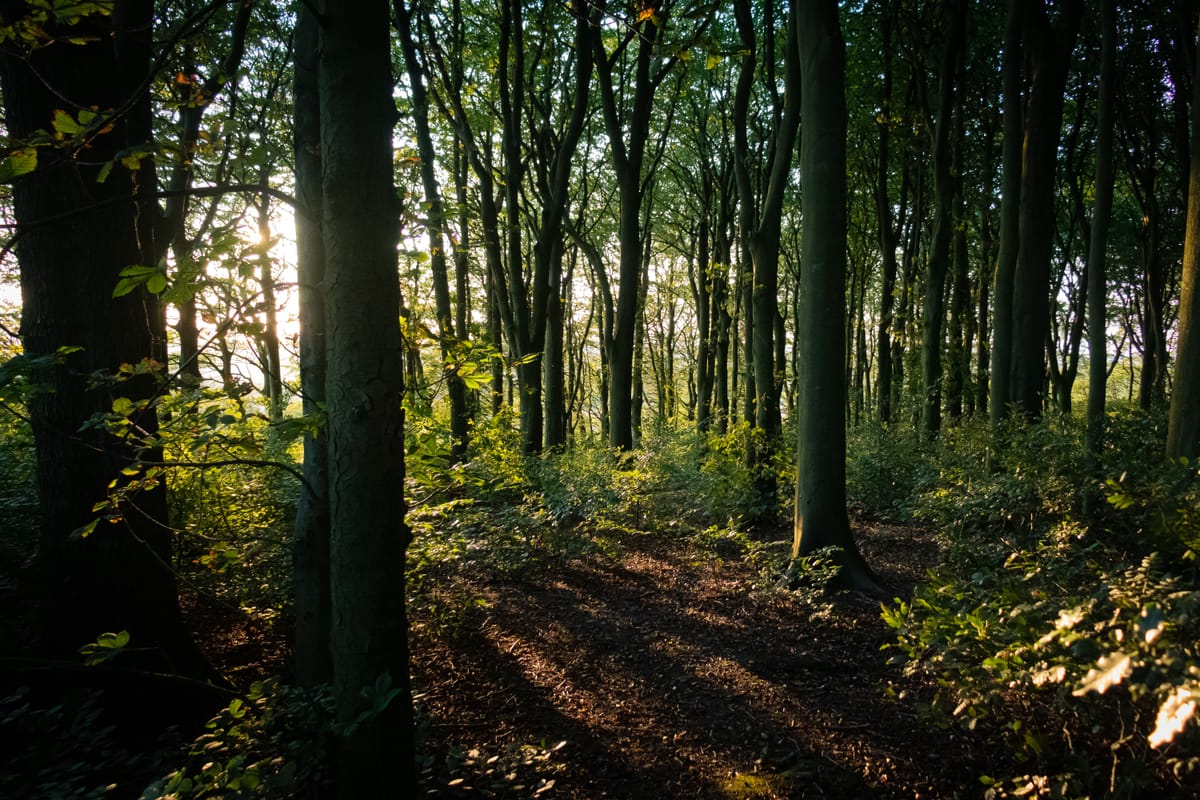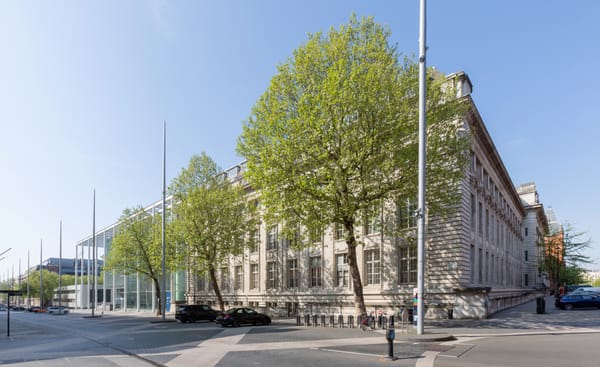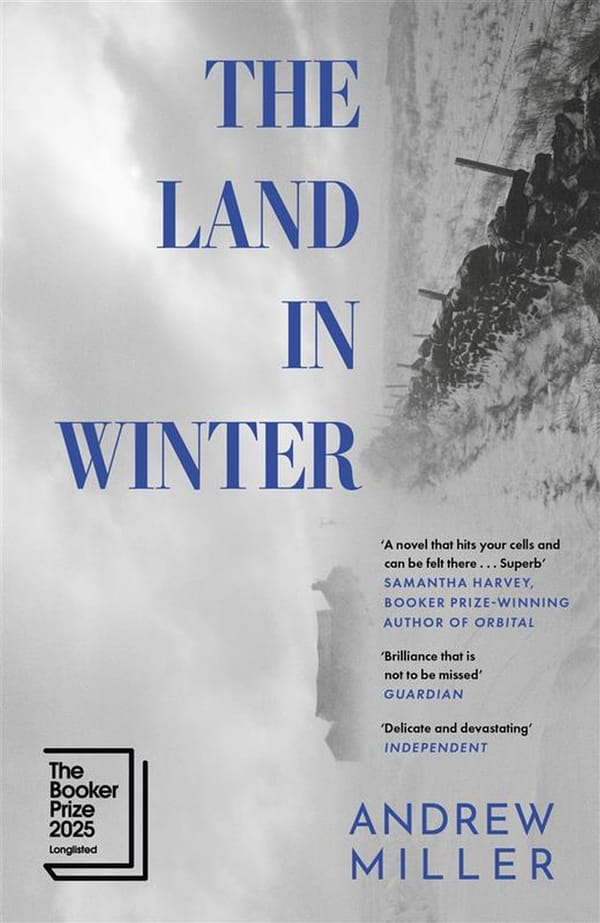Science doesn’t support HS2’s ancient woodland strategy
"Compensation" is simply recognition that great harm is being done

Just 2.5% of the UK’s land area is covered by ancient forests, in increasingly small and fragmented bits and pieces.
In England, ancient woodlands are classed as those that have been continuously wooded since 1600AD. Given than English oak trees can live for several hundred years (the Major Oak in Sherwood Forest is at least 800!), this 420-year threshold represents only a generation or two for some longer-living species. But these long, slow spans of growth, decay and rebirth produce diverse ecosystems that cannot be found anywhere else. They are unique and, by definition, take centuries to flourish.
It is estimated that HS2, the new high-speed railway under construction, will result in 43 irreplaceable woods being lost or damaged (the Woodland Trust suggests the actual number is 108). So, what is being done to protect them?
HS2’s ancient woodland strategy outlines four compensation measures: enhancement of non-ancient woodland, enhancement of ancient woodland, new woodland planting, and ancient woodland soil translocation. By far, the most emphasis is placed on new planting and soil translocation: enhancement is planned in just 3 locations.
Few would deny that new planting, if planned and managed correctly, is desirable. Tree planting can improve biodiversity, pull native endangered species back from the brink, and combat climate change by drawing down and storing carbon. But sadly, the current plans for new planting do not offset the specific losses of ancient woodland ecosystems.
That leaves soil translocation, described by HS2 as the best opportunity to preserve biodiversity. Translocation means that after trees are felled, some topsoil (the top few inches of earth, where most plants and microbes live), deadwood and tree stumps are salvaged and placed at receptor sites.
Few studies have tracked the long-term impacts of this method. However, one 25-year-long study found that while plants grew in the translocated soil, the character of woodland at the receptor site was ‘profoundly altered’ from that of the donor site. In particular, unique ancient woodland indicator species did not survive the process.
This happens because the soils of receptor sites do not have the character of ancient woodlands, as Dr Will Pearse, Senior Lecturer in Applied Ecology at Imperial College London, explains: “Soil microorganisms are intimately associated with the plants that root into the soil, and whatever of them [microorganisms] survive being moved will be outcompeted by the organisms at the place they’re moved to”. This is why the age of ancient woodlands is so important. It takes everything: centuries of tree growth, the establishment of indicator species, and the weaving together of hundreds of species of plants, fungi and microorganisms, to make an ancient woodland. One is not simply made by moving soil.
Translocation has other issues to contend with. Firstly, after the damage done by felling trees, only 20-40% of topsoil from donor sites is typically viable, so in practice, translocation involves moving only a small proportion of already damaged topsoil to a receptor site, perhaps with some dead branches tossed on top.
Furthermore, behaviour on site is not always as careful and considerate as HS2’s strategy documents might suggest. For example, in 2020, five sites were translocated in the spring, despite initial assurances that all would be done in autumn or winter when most plant life is dormant. Tearing up plants when they are just bursting into bud is an effective way to ensure that life doesn’t survive. Nevertheless, HS2 can still claim compensation measures have been carried out at those locations.
Compensation is all that this is: a recognition that great harm is being done. Is it better than doing nothing while ancient resources are razed? Sure. But it is nothing more than that.
What we are losing is truly irreplaceable.







